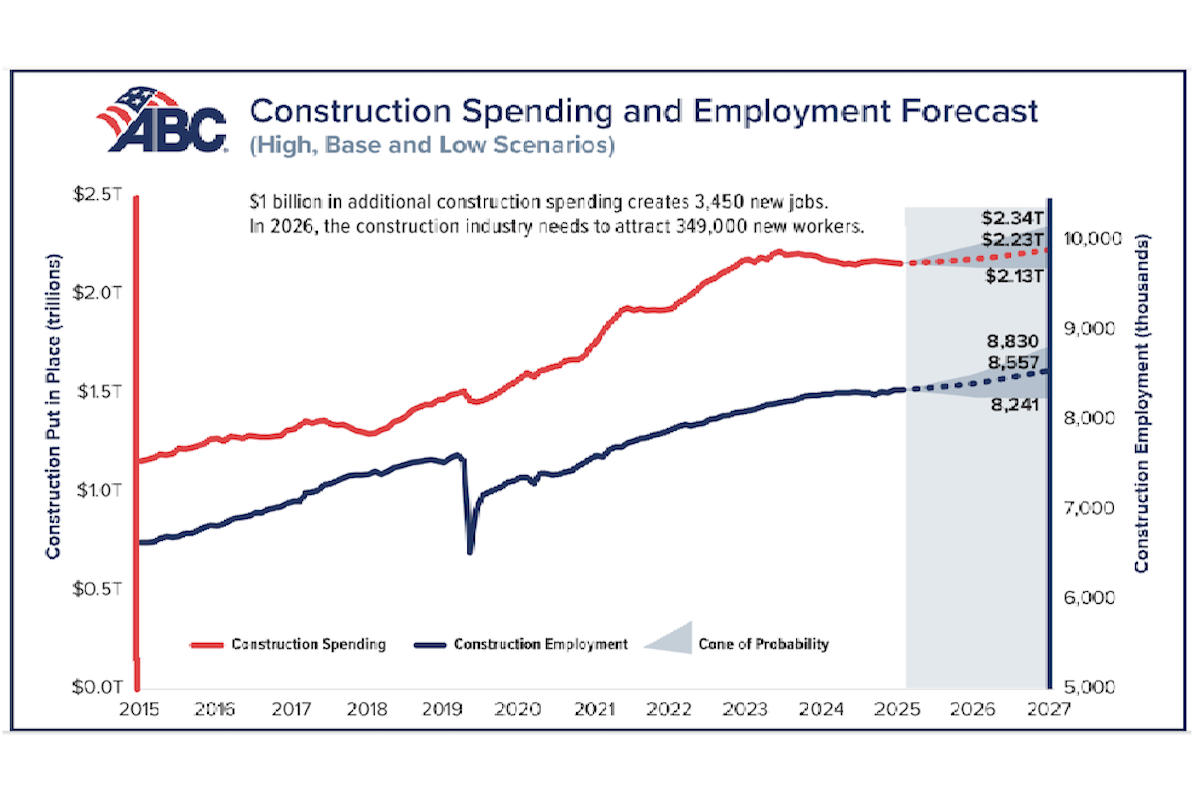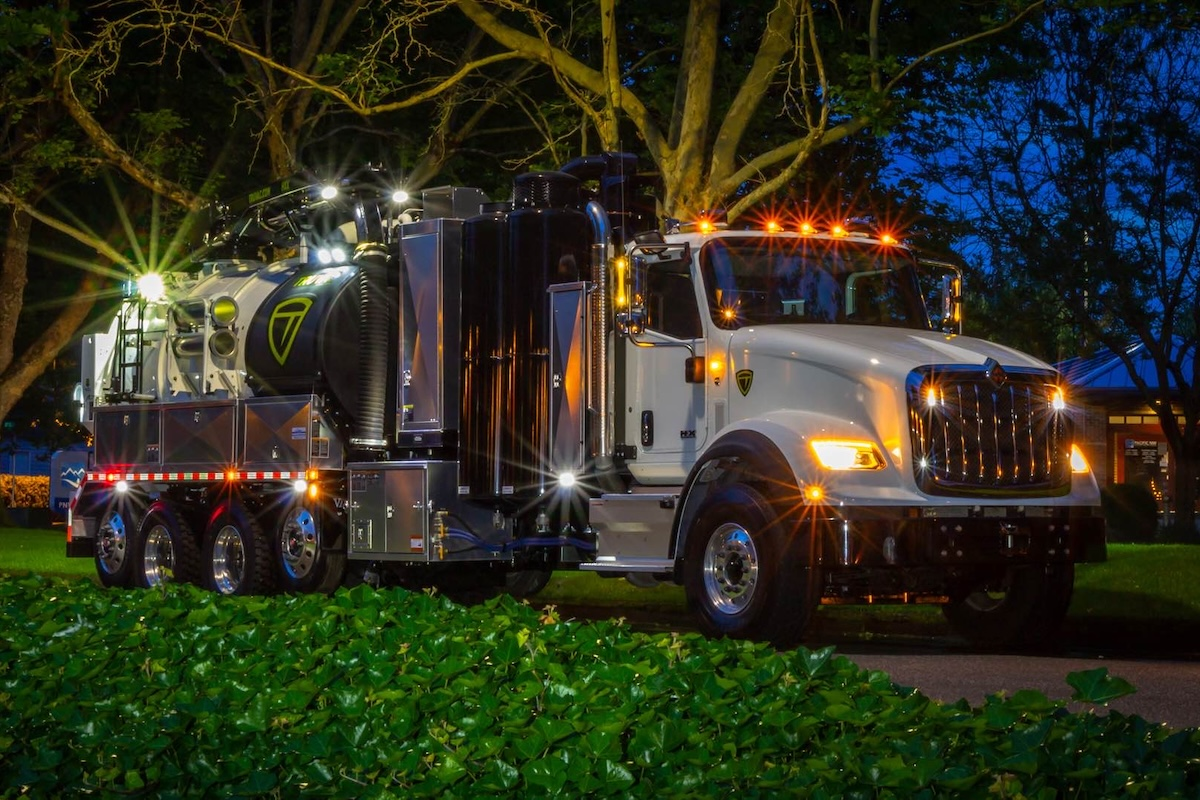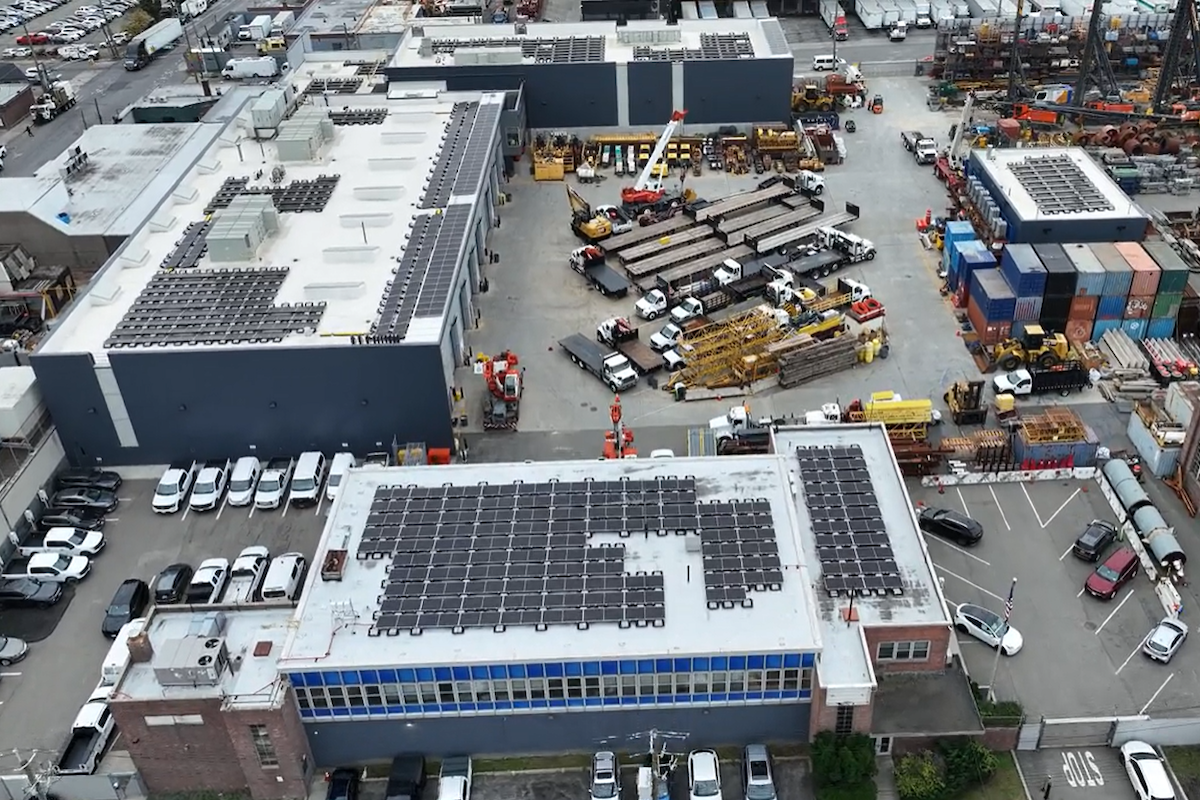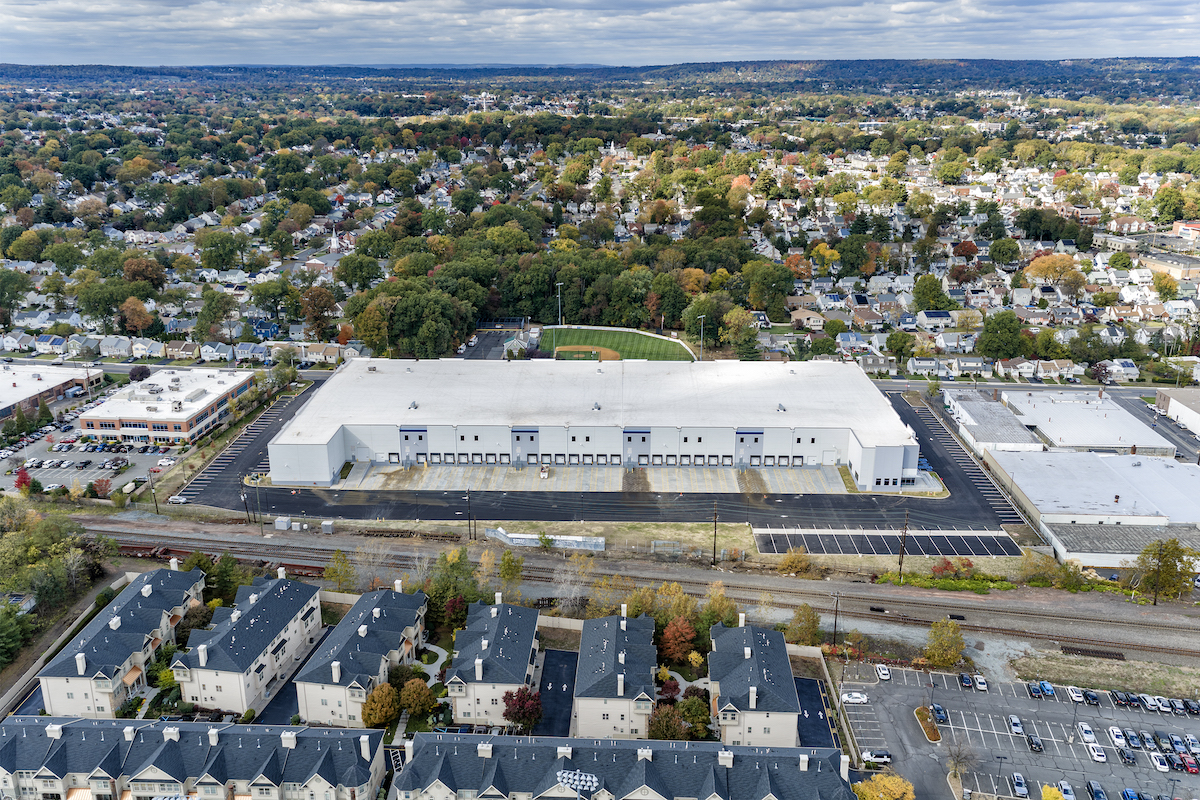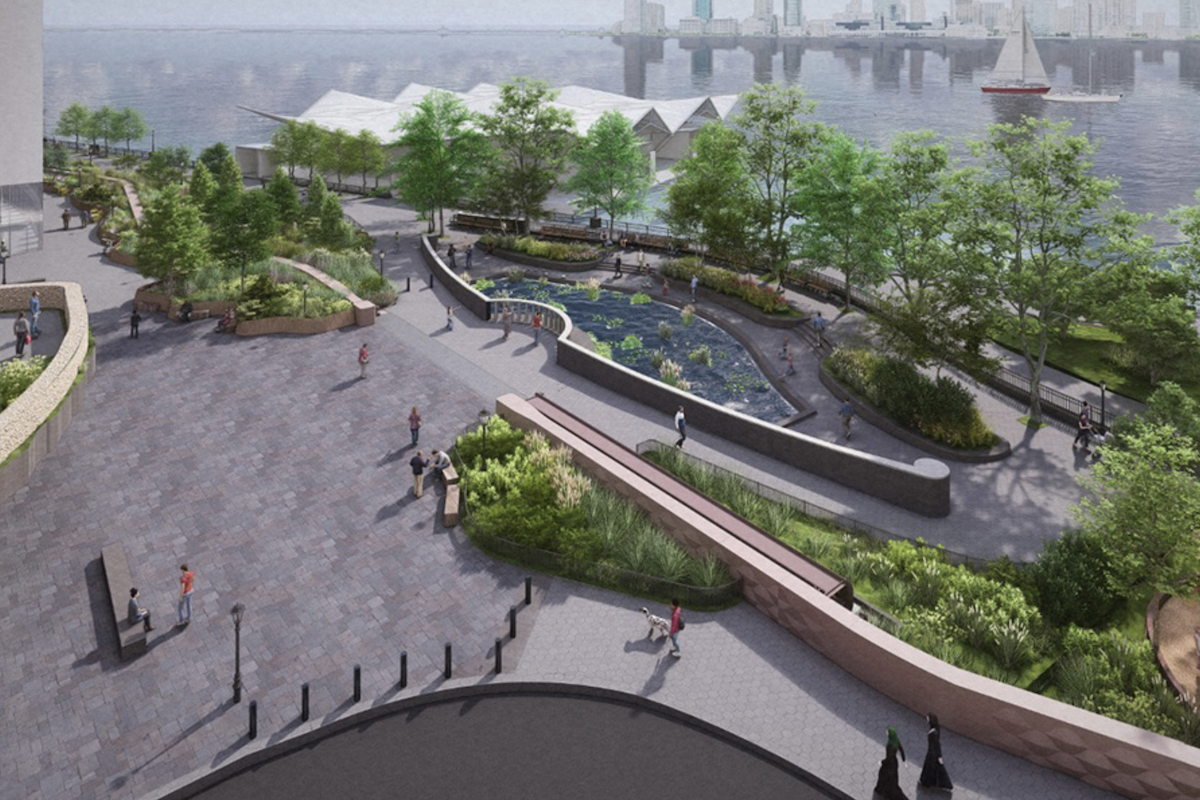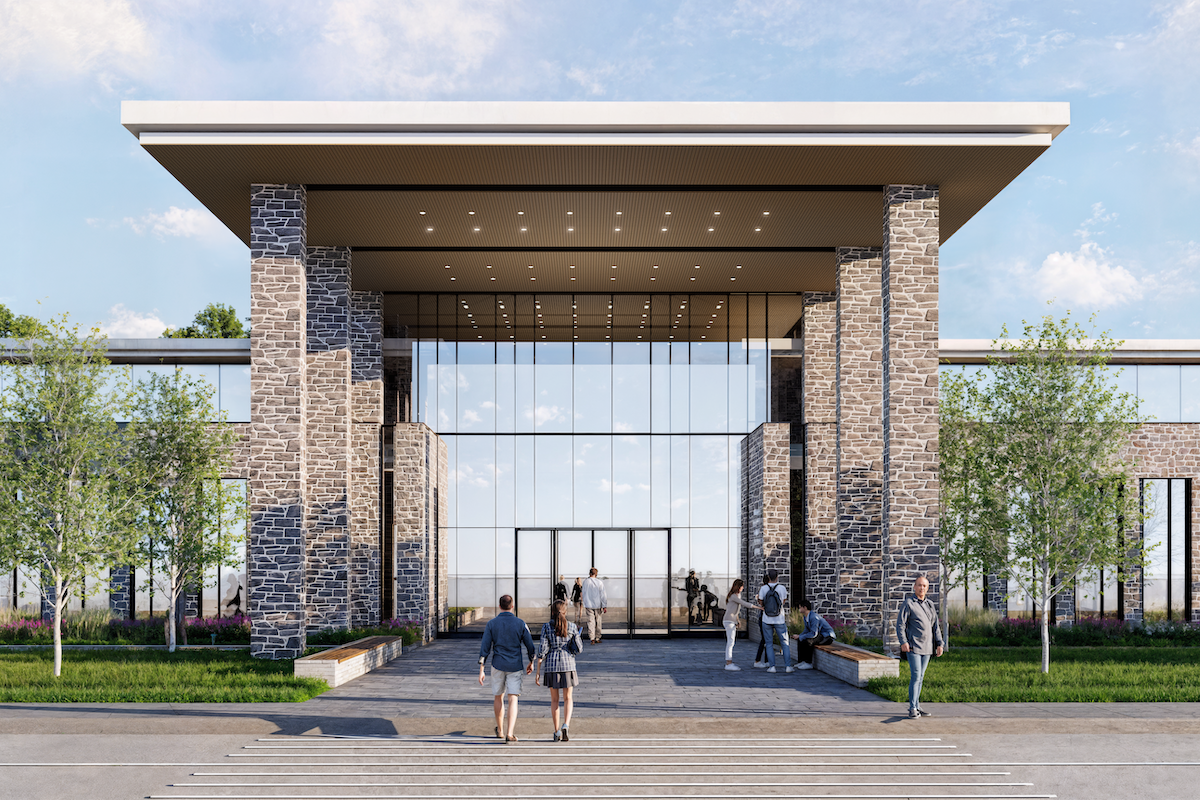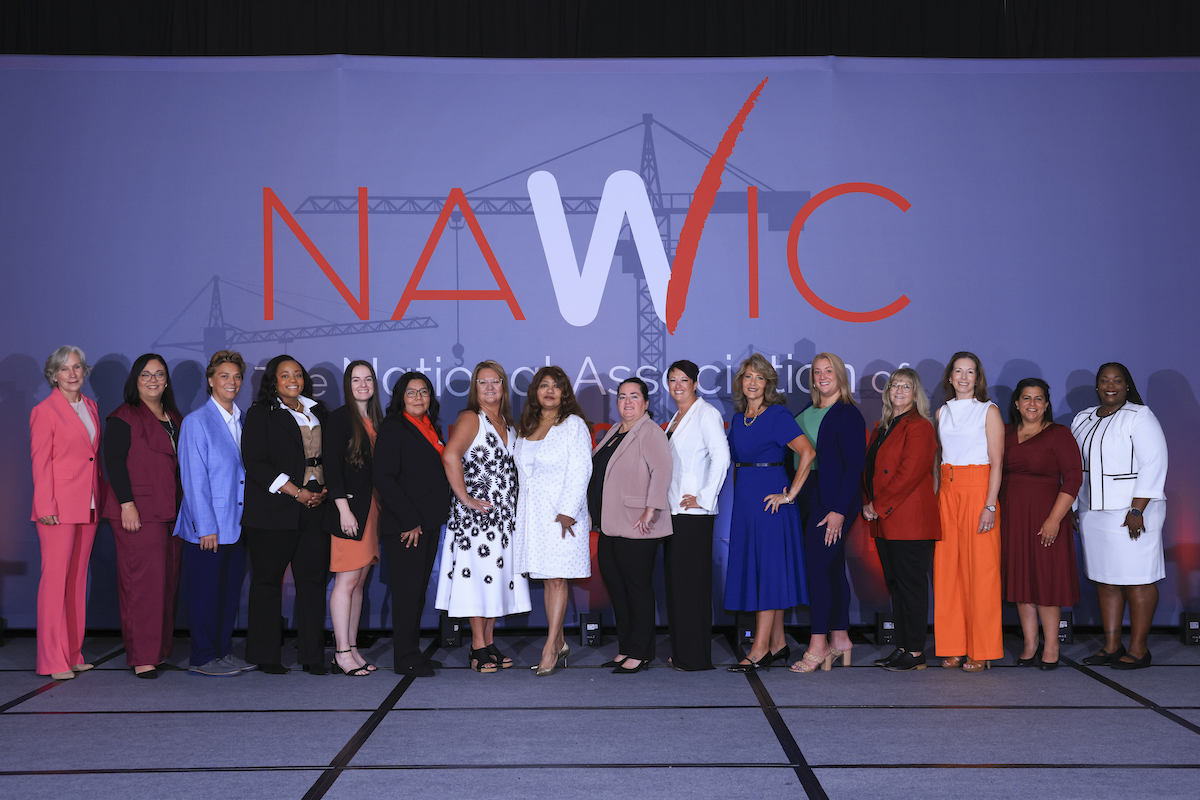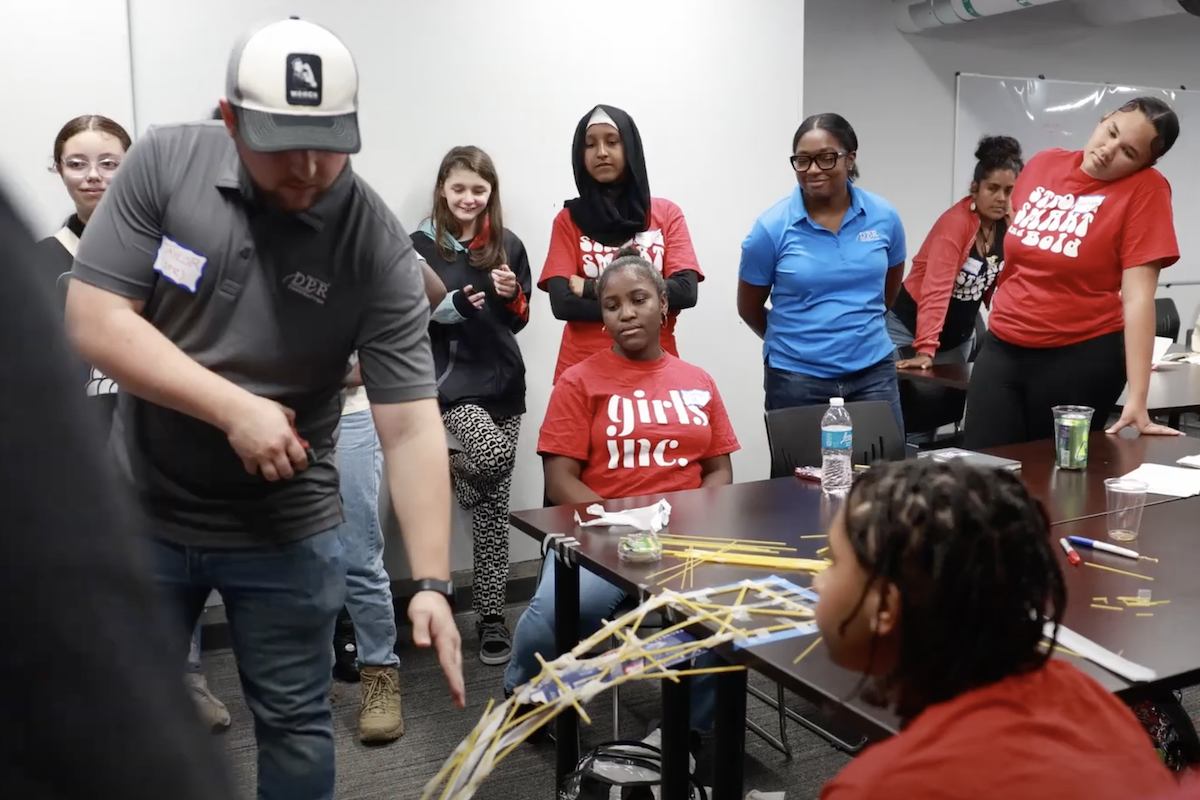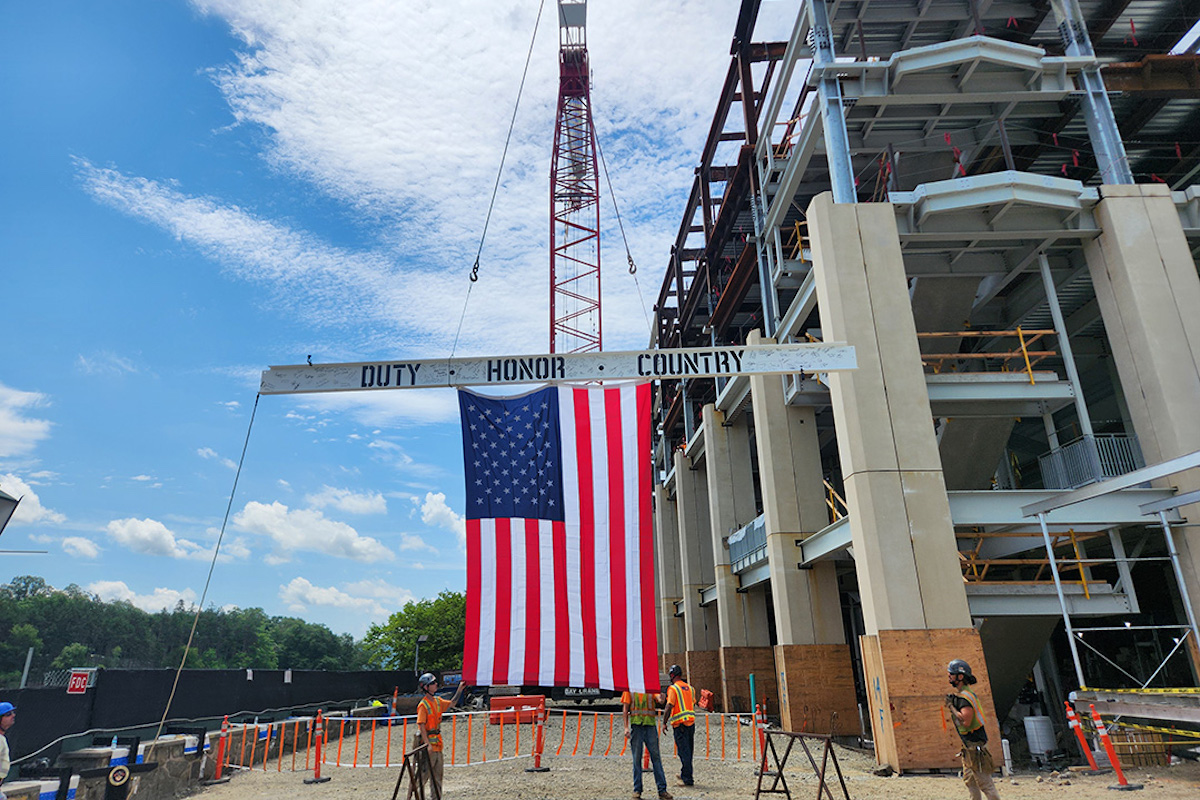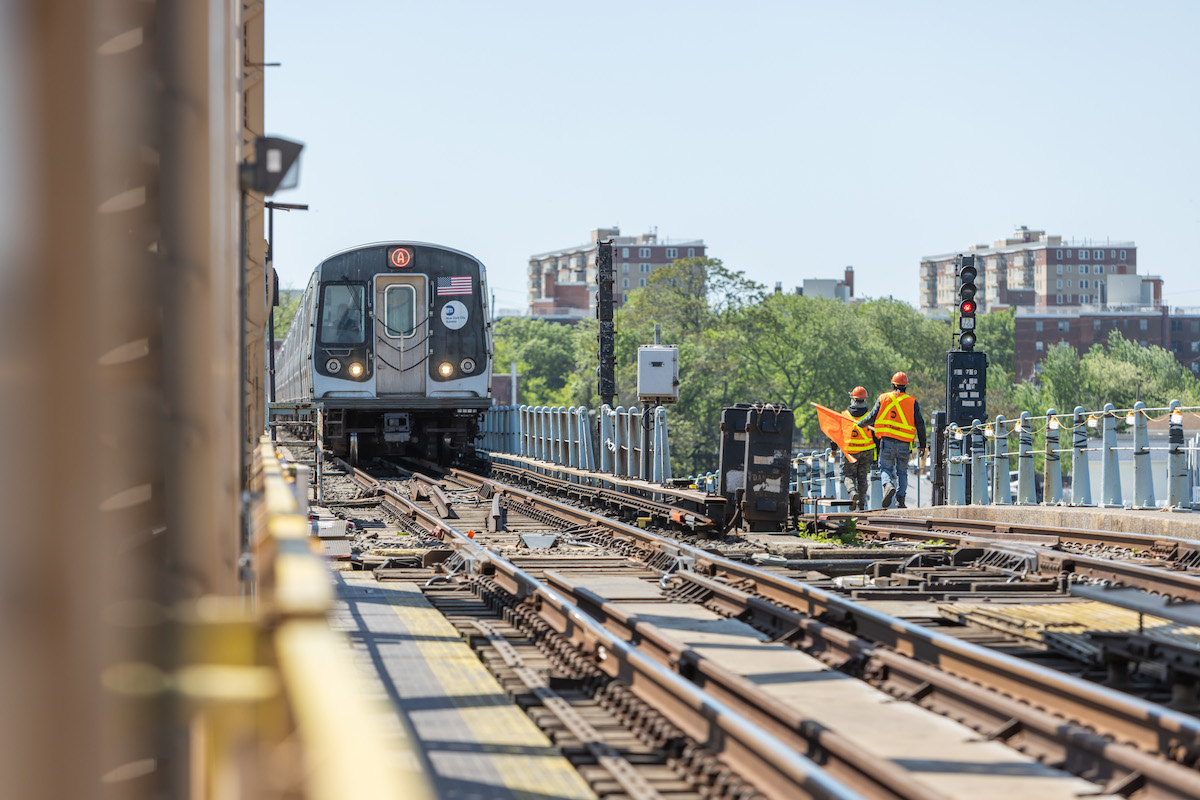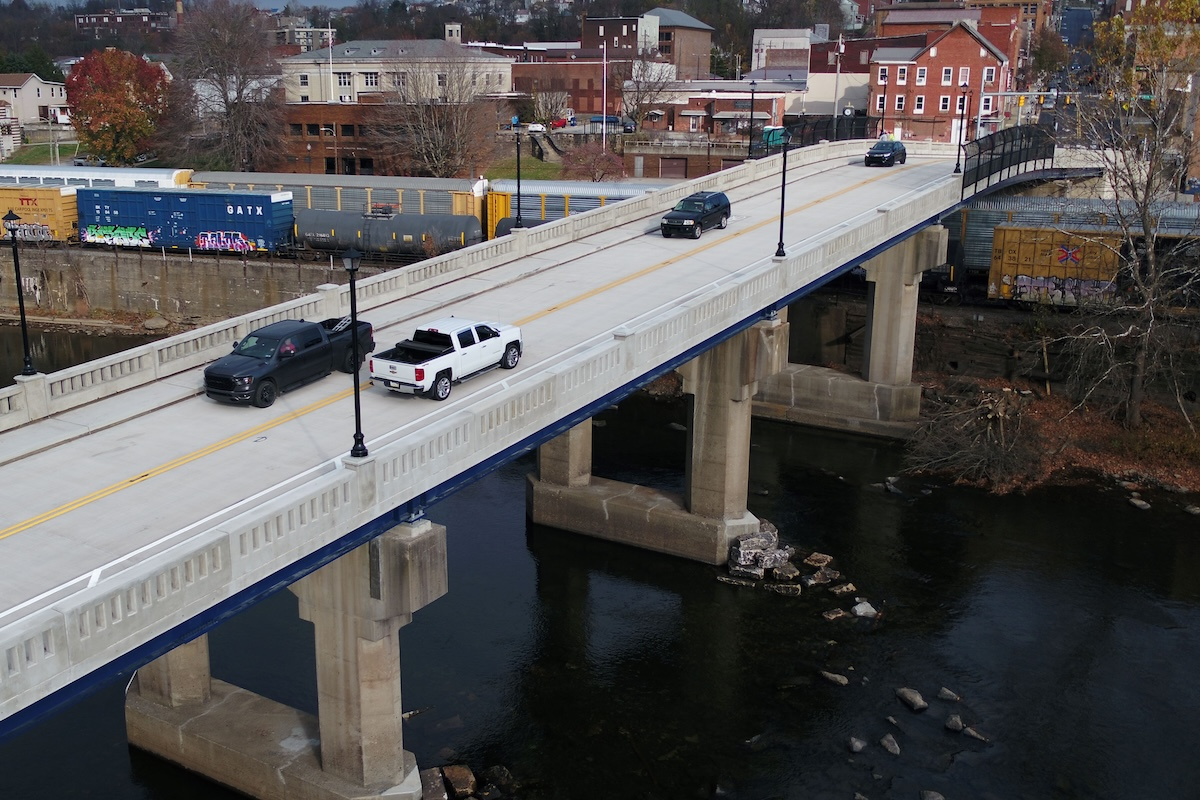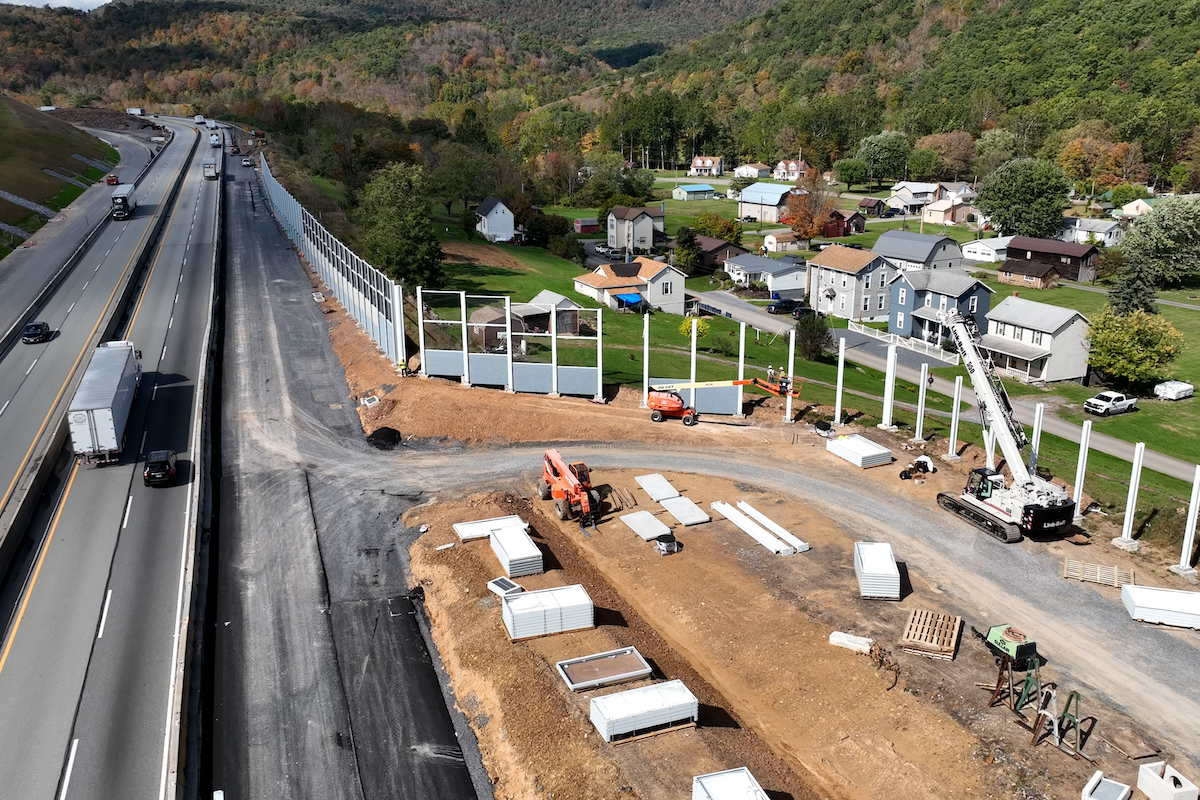“Western is strongly committed to reducing its carbon footprint, and we hope that Kaiser Borsari Hall can serve as inspiration and prototype for more sustainable buildings on university campuses across the country,” said Mark Nicasio, Project Manager and Architect in the university’s Facilities Development and Operations office. “Western has a goal to be climate neutral across our campus by 2035, and this project sets us on a path towards achieving that goal.”
“The lack of facilities is also increasing time-to-degree, as the lack of space is reducing availability of required courses both for STEM majors and for non-majors completing general university requirements,” Nicasio said. “Additionally, faculty hiring searches sometimes fail because the university lacks physical resources to support the research and pedagogical expectations of new faculty.”
Washington state needs more people prepared for jobs in these fields than its universities can produce. Without the additional classrooms and laboratory space, “Western risks failing to meet student and industry demand in this key sector of the Washington state economy,” Nicasio said.
The building will house the nation’s only undergraduate program in energy studies, he added. The structure’s high-performance design will serve as a living laboratory for cross-disciplinary collaboration and allow students to learn from their own building about new materials and energy technologies. The design includes exposing as much as possible for students to use as a teaching experience about the structure. The interior also features breakout spaces, a two-story student lounge, and an event space, all with exposed wood.

| Your local Trimble Construction Division dealer |
|---|
| SITECH Allegheny |
| SITECH Northeast |
“Designed to be both physically and culturally accessible, Kaiser Borsari Hall will be a hub where students can collaborate with faculty and industry leaders to understand real-world challenges as they hone engineering or programming skills or craft energy policy for a better future,” Nicasio said.
Public and private monies fund the project. The university named it after donors Fred Kaiser and Grace Borsari, who have committed $10 million toward the building campaign.
“This project was supported by donors,” said Ryan Bussard, Principal Design Director for Perkins&Will in Seattle, Washington, the architect for this project. “Performance of the building was important to them.”
“Achieving net zero was a challenge for the project,” Bussard said. “How to generate [as much power] as possible on the rooftop, and the dance you have to do to afford this on projects with a tight budget.”
The team selected sustainably harvested glulam beams and columns and five-ply cross laminated timber (CLT) decks as the primary construction materials. These woods, from renewable resources, produce less carbon than steel or concrete to make. Additionally, mass timber is readily available in the Pacific Northwest, Bussard said.
“Mass timber can achieve the high-strength ratings of concrete and steel with significantly lower weight and carbon footprint,” Nicasio said. “Glulam and CLT allow long spans of exposed wood, which bring a natural beauty to interior spaces.”
The building also uses a steel-braced frame lateral system, with buckling-restrained braces, a high-performance seismic system. The panels include an acoustic mat and gypcrete topping on the upper floors, two through four.
Wood preserved with Shou Sugi Ban clads the upper floors of the exterior. The ancient Japanese technique chars the wood with fire to increase durability and preserve it without the use of chemicals. The process finishes with an application of a natural oil. The technique reduces maintenance costs and resists insects and water damage.
“It increases the lifespan of the building,” Bussard said. “It gives us a robust cladding.”
Perkins&Will intentionally planned for people not to be able to touch the wooden cladding to reduce the required maintenance, said Shanni Hanein, Technical Coordinator with Perkins&Will.
The exterior also features sunshades on the south facade, high-performance wall assemblies, glass curtain wall, glass fiber reinforced concrete panels, fiberglass windows, and reduced building air infiltration. Other campus buildings shade the east and west sides of this project.
Landscaping includes native plants, with a 78 percent reduction in outdoor water use. These plants form a “habitat bridge” between the new building and adjacent Sehome Arboretum and campus core.
Photovoltaic (PV) panels, covering 75 percent of the roof, will produce more than 90 percent of the building’s estimated energy needs, on site, without carbon-based fuels. The system includes advanced battery technology for on-site energy storage. A highly efficient variable refrigerant flow system draws energy from the PV panel system to heat and cool the building. The fully electric building will be detached from the campus steam plant.
The team aims to meet the smart building standards set by the International Living Future Institute (ILFI). Zero energy usage will be certified after building occupancy for a one-year time duration.
“It will be the first university STEM building in the United States to earn Zero Energy and Net Zero Carbon certification through the ILFI,” Nicasio said. “It will achieve a 63 percent reduction in embodied carbon over conventional construction methods and a 100 percent reduction in operational carbon, using a mass timber structure and rooftop solar panels for on-site energy generation.”
The project earned the Holcim Foundation for Sustainable Construction's 2023 North American Bronze Award, recognizing sustainable design and construction. It represents the first time a university building has received the award.
“We looked at it from the approach of that Western has goals, and we are here to help achieve those goals,” said Siobhán Dowell, Business Development Manager at Mortenson. “We brought forward solutions and concepts with the design team and our trade partners.”
Bussard and Hanein agree. “It’s been great working with Mortenson. We view everything as a team to come to the right solution for everyone,” Hanein said.
Work began in April 2023, demolishing a parking lot.
For ILFI certification, Mortenson meters and reports the temporary electricity it uses during construction. Crews also track fuel used and mileage it takes certain products to get on site.
Concrete spread-and-strip footings support the building, with mat footings under steel-braced frames. The ground-level floor slab consists of 6-inch reinforced slab-on-grade concrete.
“Due to soft soil conditions, the footings and slab-on-grade are supported by aggregate piers, which transfer the building loads to the bedrock below,” Nicasio said.
Crews lifted the timber pieces into place with a crane. Approximately 12-foot-wide metal plates bind the floor plates together. The mass timber provider designed the structure using building information management. The electrical and mechanical subcontractors added their trade work into that model, careful to avoid piercing the metal plates.
According to Mortenson Project Manager Paige Adkinson, it was no more difficult working with mass timber than conventional structural products. However, good weather makes it easier to install, not having to protect the wood from the elements. The mass timber pieces snap together and can be installed faster than steel.
“There is less labor in the connections you make on site,” Adkinson said.
Mortenson Project Executive Jennifer Kim said that the building provides a “quiet calm” and helps the structure connect with nature and the woods near the campus. The wood that the crew installs is the finished product. It smells of fresh, natural wood.
“When you walk the building, it feels different,” Kim said. “I think that comes from the wood. It absorbs noise differently [than steel].”
The project topped out in November 2023, and Mortenson anticipates completion later this year.
“The most exciting aspect of this building is its ability to demonstrate what is possible, to bring high-performance, sustainable design to life, and to inspire innovation to meet the challenges of tomorrow,” Nicasio said. “Kaiser Borsari Hall offers practical, cutting-edge facilities and tools that support learning and creative exploration while also demonstrating how public universities can be leaders in building more sustainable, carbon-neutral facilities and campuses.”











